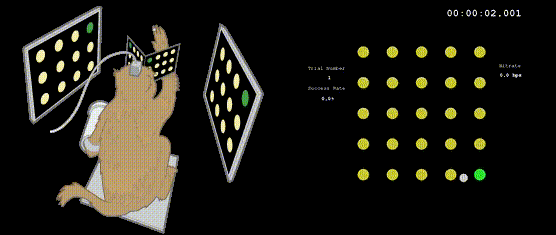Paul Nuyujukian, Joline M Fan, Jonathan C Kao, Stephen I Ryu, Krishna V Shenoy
Stanford University, Volume 62, Issue 1, Page:21-29

The emerging field of communication neural prostheses, also known as brain-machine interfaces, aims to restore function to people with paralysis. These systems record signals from the brain and use mathematical algorithms to estimate the user’s intention and control some end effector, such as a mouse or a keyboard. Though still limited to research, recent years have shown significant improvements in neural prostheses through both primate studies and early clinical trials. In this study, researchers detail intracortical brain-machine interface experiments in primates using two keyboard-like tasks. The tasks are a grid keyboard and a radial keyboard, whose layouts resemble those that people would use in the setting of communication neural prostheses. The prosthesis was enabled through a 100-channel intracortical electrode array implanted into motor regions of cortex in two rhesus monkeys. The algorithm used to control the computer cursor was the previously reported ReFIT Kalman Filter (Gilja*, Nuyujukian*, et al., Nature Neuroscience, 2012). In this study, the authors show that by varying task parameters specific to each keyboard, system throughput, as measured by achieved bitrate, varies significantly. Once optimized, system performance achieved up to 3.5 bits per second, which is the highest communication rate of any reported neural prosthesis. These findings demonstrate the importance of optimizing task parameters to maximize communication rates. These design considerations may be important for building efficient communication systems that minimize user burden and increase ease of use. (Stanford University, Neural Prosthetics Systems Laboratory: http://npl.stanford.edu)
Keywords: optimization, keyboard, monkey, brain-machine interface, neural prosthesis, bitrate, BMI, BCI

